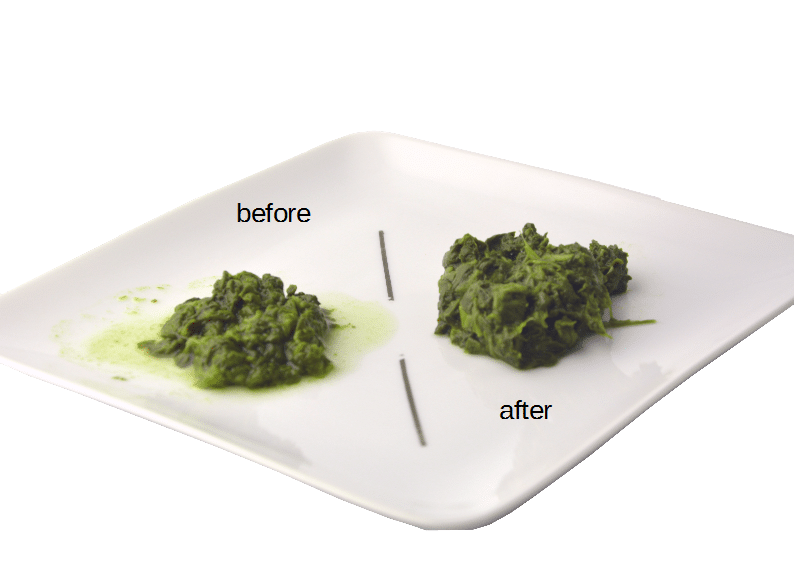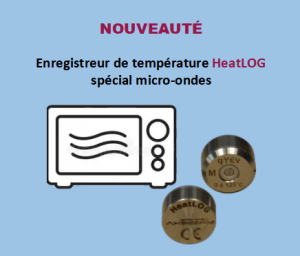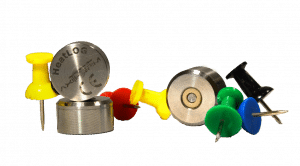How can retorts be revitalized to regain profitability without compromising on the product?
Objective: retort optimisation in food industry
This method is also maned O.T.T.A. – French acronyme for “Optimisation des Traitements Thermiques en Autoclave”.
The common way to increase productivity is to shorten the heat-up time to get to plateau temperature faster. Sometimes this works, most of the time it damages the product.
In fact, it is possible to speed up the heat treatment without negative impact on the recipe. This requires a perfect control of the heating and cooling phases.
By revisiting the energy networks, the loading plan, the controller parameters, etc., it is realistic to harmonise the performance of the retorts and then to define a new thermal process. This programme is not written taking into account the power of the retort but the thermal properties of the product (packaging + recipe).
The results are surprising! In many cases, taste, process time and energy consumption are improved at the same time.
In doubt? Test our expertise and check.
Methodology of food retort optimisation
Data recovery:
• Identification of the available capacities of the retort.
• Verification of the thermal behavior of the packaging.
• Observation of heat penetration in different recipes and grouping of products into thermal families.
Different possible complementary approaches:
• Rewrite of the thermal process.
• Adjustment of retort temperature and pressure controllers.
• Adaptation of the loading plan.
• Explanation of a new work organization.
Validation process:
• Verification of the behaviour of the recipe in a partially loaded retort and possible adjustments.
• Validation of the thermal process in full load and verification of the F0 / PU obtained.
Commitments with retort optimisation
Confidentiality of your data and restricted use for studying your recipes.
Submission of a summary report at the end of the intervention.
Transmission of know-how allowing independent management of future developments.
Guaranteed integrity of your packagings.






